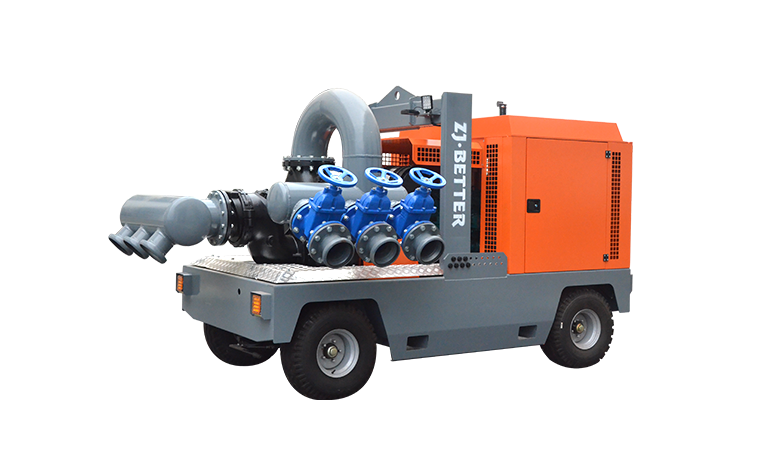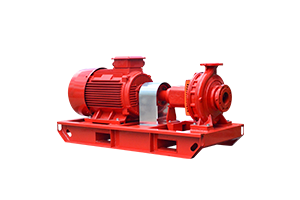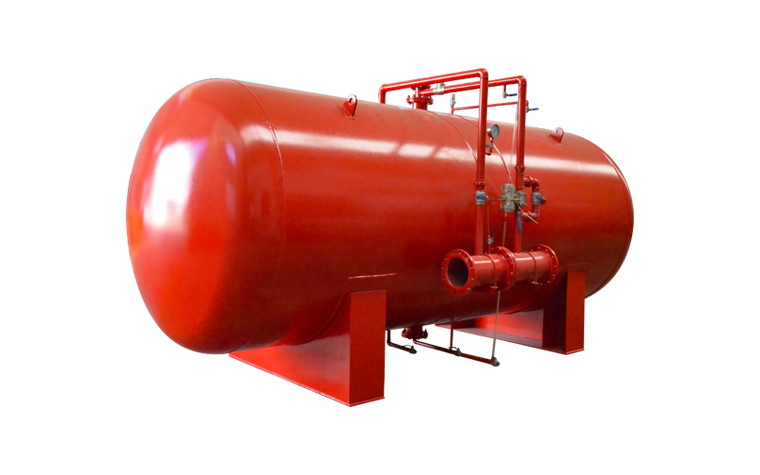-
 Jul 08, 2024How do you ensure continuous operation of an electric fire pump during a power outage?To ensure continuous operation during a power outage:
Jul 08, 2024How do you ensure continuous operation of an electric fire pump during a power outage?To ensure continuous operation during a power outage:
Backup generators: Install a reliable backup generator with sufficient capacity to power the fire pump and other critical systems.
Automatic transfer switches (ATS): Use ATS to automatically switch to the backup power source without interruption.
Uninterruptible power supplies (UPS): Implement UPS systems to provide immediate power during the transfer switch delay.
Regular testing: Conduct routine tests of the backup power system to ensure it operates correctly in an emergency.View details -
 Jul 03, 2024How do fire pumps integrate with water mist fire suppression systems?Pressure Requirements: Providing the high-pressure water supply necessary for water mist systems to generate fine droplets.
Jul 03, 2024How do fire pumps integrate with water mist fire suppression systems?Pressure Requirements: Providing the high-pressure water supply necessary for water mist systems to generate fine droplets.
- Compatibility: Ensuring materials and components are compatible with the unique demands of water mist systems.
- System Coordination: Coordinating activation and control with water mist system components for optimal performance.
- Maintenance Needs: Addressing specific maintenance requirements for water mist systems to ensure reliable operation.View details -
 Jul 02, 2024How do you select the appropriate fire pump for a specific application?Selecting the appropriate fire pump involves several steps:
Jul 02, 2024How do you select the appropriate fire pump for a specific application?Selecting the appropriate fire pump involves several steps:
Assessing water demand: Calculate the required flow rate and pressure based on the building's size, occupancy, and fire suppression system requirements.
Evaluating water supply: Ensure the available water source can meet the pump’s demands.
Considering power availability: Verify that the electrical supply can support the pump’s power requirements.
Compliance with standards: Ensure the selected pump meets relevant standards like NFPA 20.
Consulting experts: Work with fire protection engineers and pump manufacturers to choose the best solution for your specific needs.View details -
 Jul 02, 2024How do you select the appropriate fire pump for a specific application?Selecting the appropriate fire pump involves several steps:
Jul 02, 2024How do you select the appropriate fire pump for a specific application?Selecting the appropriate fire pump involves several steps:
Assessing water demand: Calculate the required flow rate and pressure based on the building's size, occupancy, and fire suppression system requirements.
Evaluating water supply: Ensure the available water source can meet the pump’s demands.
Considering power availability: Verify that the electrical supply can support the pump’s power requirements.
Compliance with standards: Ensure the selected pump meets relevant standards like NFPA 20.
Consulting experts: Work with fire protection engineers and pump manufacturers to choose the best solution for your specific needs.View details -
 Jul 02, 2024What are the main causes of electric fire pump failures and how can they be prevented?Main causes of failures include:
Jul 02, 2024What are the main causes of electric fire pump failures and how can they be prevented?Main causes of failures include:
Electrical issues: Prevent by regularly inspecting wiring, connections, and motor health.
Mechanical wear: Conduct routine lubrication and replacement of worn parts.
Overheating: Ensure proper ventilation and cooling systems are in place.
Blockages in the water supply: Regularly inspect and clean intake screens and pipes.
Improper maintenance: Follow a strict maintenance schedule and use certified technicians.View details -
 Jul 01, 2024What are the emergency procedures if an electric fire pump fails during a fire?If an electric fire pump fails during a fire:
Jul 01, 2024What are the emergency procedures if an electric fire pump fails during a fire?If an electric fire pump fails during a fire:
Activate backup systems: Switch to a backup pump if available. Most systems are designed with redundancy to ensure continued operation.
Notify authorities: Immediately inform the fire department of the failure.
Manual firefighting: Use manual firefighting equipment such as fire extinguishers and hoses if it’s safe to do so.
Investigate and repair: After the emergency, conduct a thorough investigation to determine the cause of the failure and perform necessary repairs or replacements.View details

.png)
.png)

.png)


